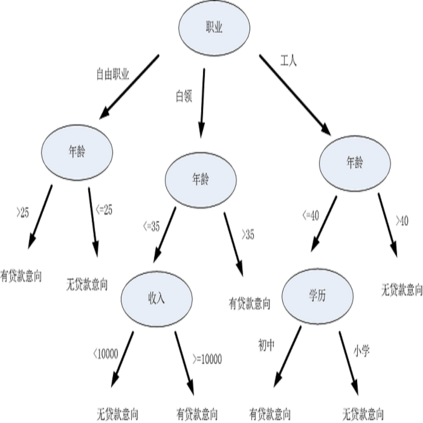Real life machine learning problems exhibit distributional shifts in the data from one time to another or from on place to another. This behavior is beyond the scope of the traditional empirical risk minimization paradigm, which assumes i.i.d. distribution of data over time and across locations. The emerging field of out-of-distribution (OOD) generalization addresses this reality with new theory and algorithms which incorporate environmental, or era-wise information into the algorithms. So far, most research has been focused on linear models and/or neural networks. In this research we develop two new splitting criteria for decision trees, which allow us to apply ideas from OOD generalization research to decision tree models, including random forest and gradient-boosting decision trees. The new splitting criteria use era-wise information associated with each data point to allow tree-based models to find split points that are optimal across all disjoint eras in the data, instead of optimal over the entire data set pooled together, which is the default setting. We describe the new splitting criteria in detail and develop unique experiments to showcase the benefits of these new criteria, which improve metrics in our experiments out-of-sample. The new criteria are incorporated into the a state-of-the-art gradient boosted decision tree model in the Scikit-Learn code base, which is made freely available.
翻译:暂无翻译





